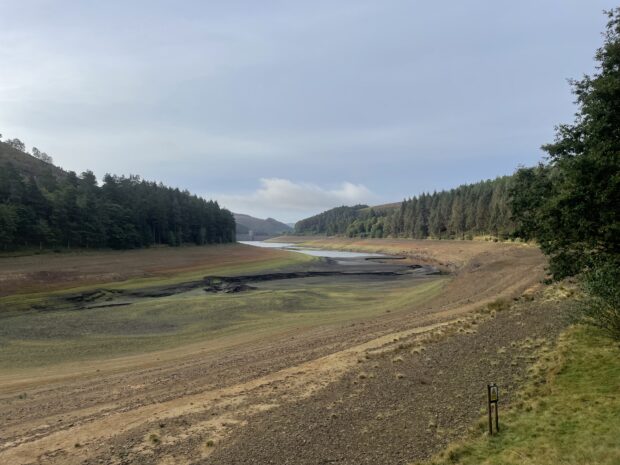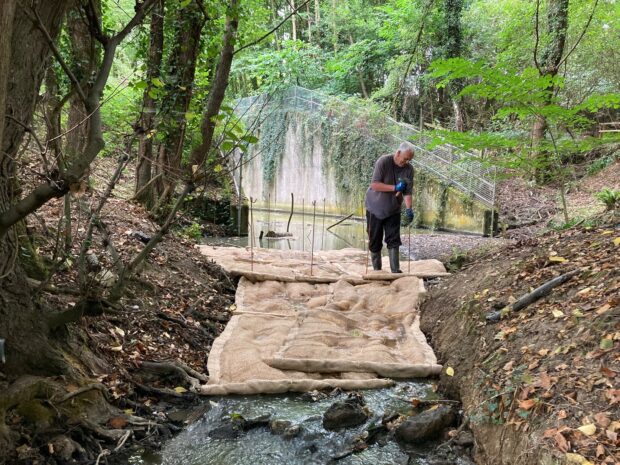For many, this has been a glorious summer, with long hot days being enjoyed by family gatherings, holidays and being outside! However, this spring and summer has been dry and the drought is causing significant environmental impacts, with Atlantic salmon, hedgehogs and garden birds struggling (as reported at the recent National Drought Group).
August came to a wet end for some places, and this wetter weather continued into September with some very high rainfall in places. With more changeable weather forecast, is the drought over? Unfortunately not.
Reservoir levels are still very low and groundwater levels continue to decline, drought conditions are likely to continue through autumn and winter. There are some positives, with some some increases, albeit very small. For example: Yorkshire Water’s reservoirs stocks are 30.8% (as of 16 September) following a 0.2% increase – the first rise in levels since January.
Visually with the grass turning green again, how can areas of the country still be in drought? A couple of weeks of rain are enough for lawns to turn green and stop trees shedding leaves. For this reason, many people believe that drought is an easily reversible problem, and that a short period of heavy rain is enough to prevent a prolonged drought.
The extremely dry conditions after months of low rainfall makes the ground very dry and compacted, which is hard for rainfall to penetrate. It will take more prolonged rainfall to wet up soils and replenish rivers, reservoirs and groundwater levels.

The hardened ground can even lead to the risk of localised flooding after heavy rainfall, when the volume of water cannot quickly drain away or soak into the ground. This could be from surface water flooding or from rivers rising rapidly as water runs off fields.
It can take a long time for rainfall to fully replenish groundwaters, reservoirs and rivers and the environment can take even longer to recover.
The challenge of climate change is real and we’re likely to see hotter drier summers and warmer wetter winters as well as more extremes. Here at the Environment Agency, we are continuing to respond to the environmental impacts of drought, including rescuing fish in distress and investigating low flows and algal blooms. We are working closely with water companies to ensure they are following their drought plans and working with other abstractors on managing their access to water.

Everyone has a part to play, by using a little less water, the more water there is in your local river and the environment we all value.

Leave a comment